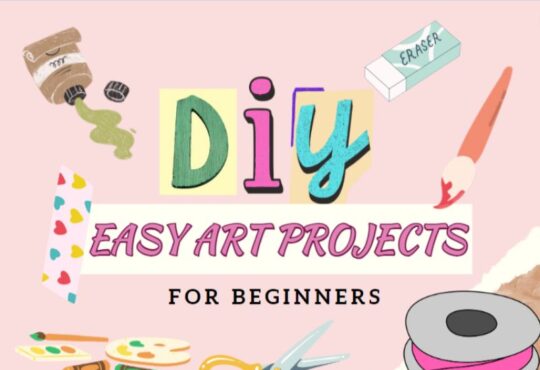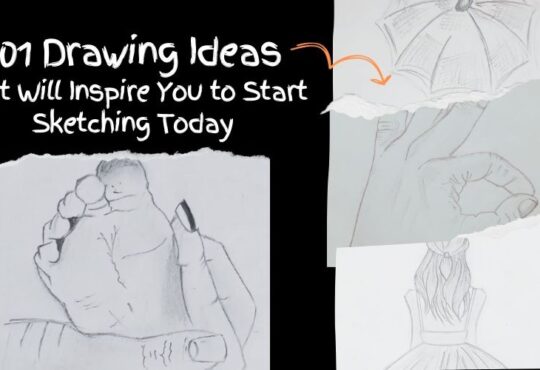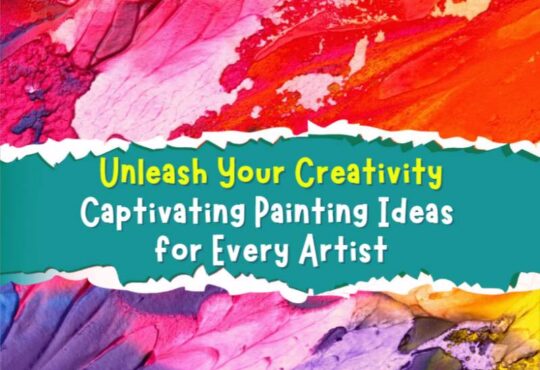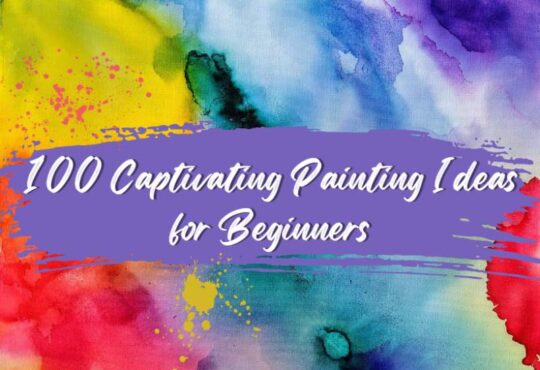The Power of Satirical Art: Exploring its Role in Transforming Educational Discourse
Naturally, satire is meant to create humor by ridiculing its subject. However, it can be used to achieve a greater purpose. Satirical art often creates constructive social criticism. It can be used to attract attention to specific or wider challenges in society. It can help break barriers that hinder reforms in the education sector.
Students need a strong understanding of how to view different forms of satirical art. They should be able to analyze the forms and draw inspiration. Through satirical art, students can engage with the media critically. They can question education systems and their complexities. Through its power, they discern issues and actively participate in reshaping educational discourse.
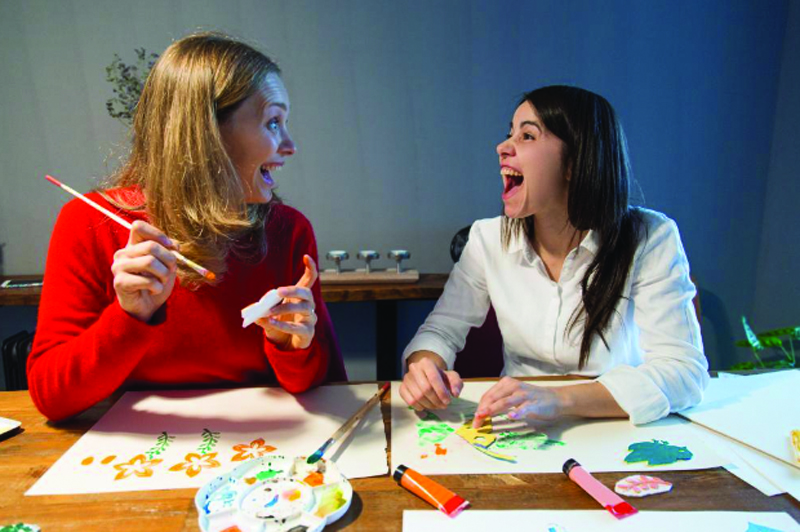
The power of satiric art in the classroom
Art is a wide field and includes literature, visual art, graphics, and decorative arts. Students can use any form of art to express and engage in interactive activities that bring change. For example, they can draw or paint satirical cartoons to communicate a specific political problem. They can share their creation to show the issues affecting education.
The issues could be social, political, cultural, language, or economic. The power of communication plays an important role in education. Satire can be adopted as a specific style of communication in the classroom. Its power can transform learning and the learner’s view of education.
Educational discourse focuses on altering communication in academic discussions. The traditional ways of communication in the classroom are mainly writing essays. It also includes presentations, textbooks, research papers, and lectures. There are many places to draw inspiration from and the free satirical essay topics on Gradesfixer stand at the top. Using these forms, a student can address issues in education. They could be issues like poor government funding and safety in schools. Based on the ideas gathered from the free essay samples, a student can use satire to argue out the issues in education. By reading a variety of essay examples, a student draws greater inspiration.
Techniques for creating satirical illustrations in the classroom
Satire involves the use of exaggeration or irony and ridicule to expose issues. The same approach can be used to expose flaws and vices in education. Using illustrations can be a powerful way to communicate satirical messages. A student can combine visuals to develop different contrasts and emotions.
A student should first decide who they want to create the satirical illustration. It could be to education administration, students, government, or politicians. They need also to choose a scenario to illustrate. It can be a stereotype, a current trend, political, economic, or social issue.
The illustration should evoke emotions in the target audience. It should clearly communicate the message. The exaggeration or metaphor should aim to bring change in educational discourse.
Using satirical art to transform the educational discourse
Satirical drawings today are viewed as a method of historical communication. Studies show satirical art has a powerful effect in today’s society. It does not just increase entertainment and taps into humor. It is also a powerful way to communicate critical issues. It has a greater power to change educational discourse in modern society.
Some websites like The Onion and The Babylon Bee address political issues. TV shows such as The Daily Show address diverse issues in society. Positive satire dwells on the truth. Still, it blows it up to argue a point or expose an issue. It can be an effective tool for transforming the educational sector.
Today, many issues affect schools. There are issues of racism, rape, violence, drugs, funding, and learning. What is taught in schools many times do not help learners to fit into the career sector. Helping change how society views learning is one method of attracting change. It should help society to transform its views about education systems.
Unfortunately, satire has not been a greater part of the school system. More than before, learners need to be grounded in media literacy. They need to understand how to visualize different forms of media. They should critically analyze it and use it to create transforming communication.
Satirical art is one form of communication that speaks in multiple dimensions. It should go beyond humor and entertainment and into changing education. Text-visual satirical art is an excellent way to communicate in a way that cuts across society. It cuts across players such as educationists, politicians, government, and learners.
Conclusion
Satirical art is an old form of communication that has been used across the centuries. Students today can access a variety of verbal–visual materials to provide them with ideas. They can use this inspiration to create their narratives through different methods. They can communicate through writing, drawing, painting, or videos to express their views. These views can be powerful tools for changing educational discourse in society.
Author’s Bio
Nate Joseland has worked on every assignment with the sole aim of top marks. He leaves no stone unturned and he believes that anything less than perfect is not for him. It’s this zeal from his side that has got stupendous results every time he has taken up an assignment from a student – whether it’s an essay or a thesis or a research paper or a term paper.


